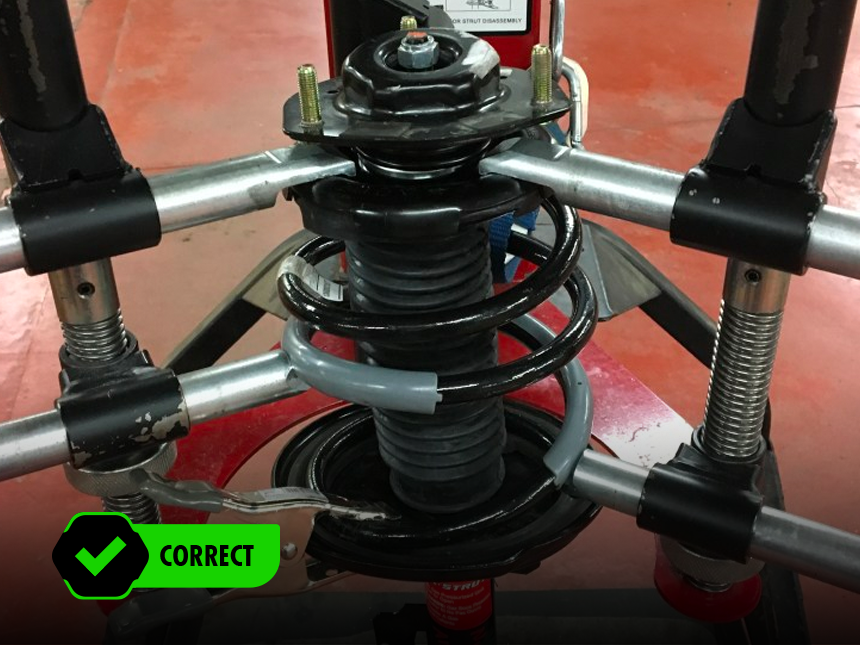ServiceGram Vol. 2, No. 4
Internal Rebound Springs & Strut Length
“Short” Notice: How Internal Rebound Springs Affect a Strut’s Measured Length
Service providers replacing struts on certain vehicle models might notice that the recommended replacement Monroe® struts for those vehicles have a slightly shorter length, compared to the struts being replaced. This difference might require a minor change in the way service providers install the coil spring, upper mount and other components.
What is an Internal Rebound Spring?
Internal rebound springs are used in several Monroe struts designed for vehicles that were originally equipped with this technology. The internal spring helps keep the strut rod and piston near factory static ride height during normal operation and enables the vehicle manufacturer to use lighter-weight and/or smaller-diameter anti-sway bars. Replacement struts equipped with this technology will appear slightly shorter than conventional struts when fully extended.

Don’t Use a Conventional Strut
The internal rebound spring provides additional resistance to vehicle lean and sway, a key characteristic for vehicles equipped with lighter-weight and/or smaller-diameter anti-sway bars. Therefore, if the vehicle was originally equipped with internal rebound spring technology, it is important to install a replacement strut featuring the same design to avoid potential ride and handling complaints from the customer.
Installation Tips
A strut equipped with an internal rebound spring uses the force of suspension motion to fully extend. As a result, special servicing procedures are required. To assemble the coil spring, upper mount and other module components onto the strut, it is important to position the spring compressor to contain as many coils as possible. The best approach is to place the upper “fingers” of the spring compressor onto the upper spring seat and the lower “fingers” on the lowest open coil.


Learn more about quality suspension parts, find the right car part, or find a local repair shop today.
The content contained in this article is for informational purposes only and should not be used in lieu of seeking professional advice from a certified technician or mechanic. We encourage you to consult with a certified technician or mechanic if you have specific questions or concerns relating to any of the topics covered herein. Under no circumstances will we be liable for any loss or damage caused by your reliance on any content.


